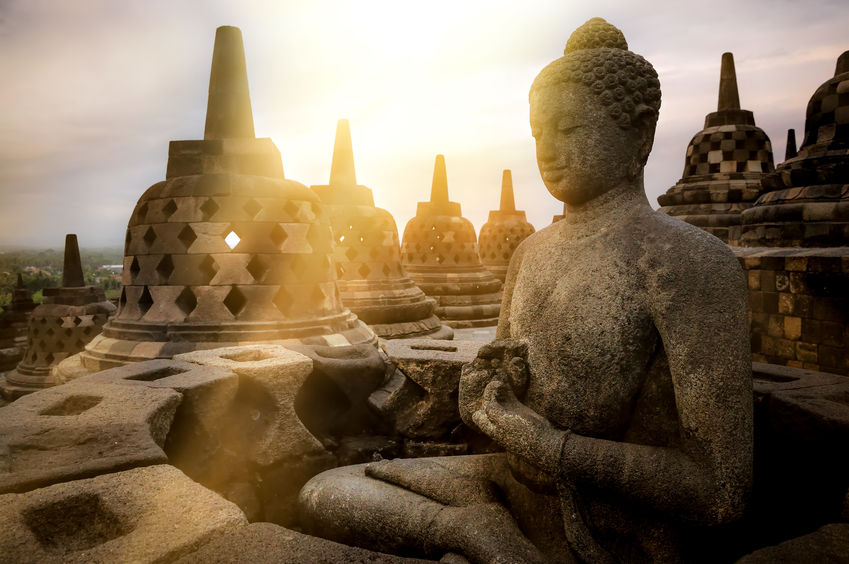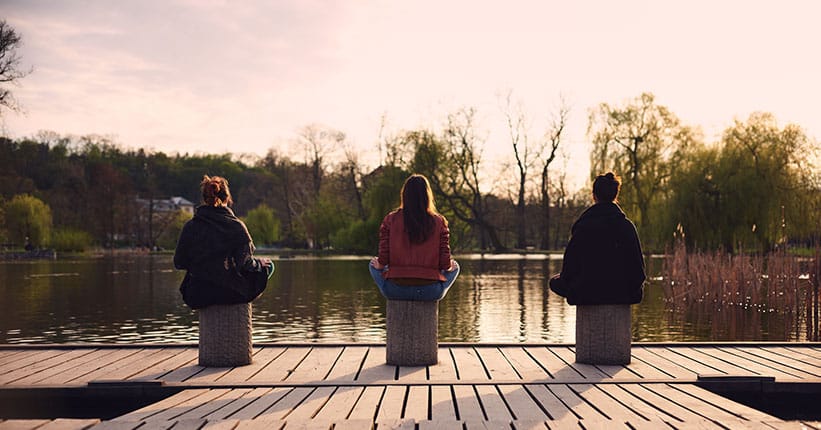Unlock Inner Peace: A Comprehensive Guide on How to Meditate?
Unlock Inner Peace: A Comprehensive Guide on How to Meditate?
Blog Article
Begin Your Journey: Straightforward Actions on Just How to Meditate for Beginners
Meditation, commonly viewed as an elusive technique booked for the experienced, can actually function as a fundamental tool for anyone seeking clarity and tranquility in their everyday life. By understanding its fundamental concepts and developing a helpful setting, beginners can open the prospective advantages of this practice. As you begin to check out the essential steps-- such as understanding and finding an appropriate room breathing strategies-- you may find obstacles that can improve your experience. The trip of reflection holds more depth than one may anticipate, welcoming further exploration right into its transformative elements.
Comprehending Meditation Fundamentals
Reflection serves as a powerful tool for boosting mental clearness and emotional well-being. At its core, meditation is a practice of concentrated focus and recognition, enabling individuals to cultivate a deeper understanding of their ideas and feelings. By participating in this technique, practitioners can attain a state of leisure and mindfulness, which can dramatically lower stress and anxiety and anxiousness degrees.
Recognizing the essentials of reflection entails acquainting oneself with various techniques, such as mindfulness, loving-kindness, and transcendental reflection. How to meditate?. Each technique has its special method, yet all share a common objective: to promote a sense of inner tranquility and self-awareness. Newbies must begin with basic techniques, such as concentrating on the breath or observing thoughts without judgment
Establishing a normal meditation regimen, also if only for a few minutes each day, can generate considerable benefits over time. Ultimately, meditation is not simply an escape from fact; it is an extensive journey toward better self-discovery and general mental health and wellness.
Finding Your Ideal Area
Creating a conducive environment for meditation is vital for optimizing its benefits. Your picked area needs to promote peace, allowing you to concentrate internal without diversions. Begin by choosing an area that really feels comfy and safe, whether it be a silent corner of your home, a yard, or a local park.
Soft lighting can improve leisure, while natural light can rejuvenate your spirit. Make certain the room is cost-free from mess, as a clean environment fosters a clear mind.
Audio plays a significant function in your meditation space. Go for a quiet area to minimize interruptions, or utilize soft history songs or nature appears if you locate silence unsettling (How to meditate?). The temperature ought to likewise fit; neither also chilly nor also hot, to avoid distraction during your technique
Lastly, personalizing your room with significant objects-- such as crystals, photos, or significant quotes-- can develop a deeper connection to your practice. By attentively curating your setting, you established the phase for a much more profound and effective meditation experience.
Picking a Comfortable Position
Discovering the right placement for meditation is vital to preserving focus and convenience throughout your practice. The excellent pose enables both physical security and mental performance, making it simpler to focus on your meditation objectives.
There are several placements to consider, each with its very own benefits. Resting cross-legged on the floor is a popular option, advertising an upright back and grounding your energy. If this placement is uneasy, consider making use of a cushion to raise your hips, which can reduce strain on your knees and back. A chair can offer the essential support, permitting your feet to rest flat on the ground, ensuring stability and convenience.
You might also choose to lie down if sitting is not suitable for you, but be careful, as this can lead to drowsiness. Inevitably, the ideal placement is one that feels all-natural to you and allows you to preserve emphasis, facilitating a deeper link with your reflection technique.
Breathing Techniques to Start
Starting your reflection practice with efficient breathing methods can substantially boost your experience. Breath serves as the structure of reflection, offering a prime focus that assists anchor your mind and grow mindfulness.
To start, practice diaphragmatic breathing, which involves the diaphragm and advertises deeper breathing. Sit pleasantly, with your back directly, and location one hand on your breast and the various other on your abdomen. Breathe in deeply with your nose for a matter pop over to this site of 4, making certain that your abdomen increases while your upper body continues to be fairly still. Hold your breath for a matter of 4, then breathe out slowly with your mouth for a count of 6, permitting your abdominal area to fall.
An additional valuable strategy is the 4-7-8 method. Breathe in via your nose for a matter of 4, hold your breath for seven matters, and breathe out slowly through your mouth for eight counts. This pattern not just relaxes the mind however also decreases anxiety, making it simpler to clear up into your reflection practice.
Try out these methods to find what resonates best with you, and keep in mind to maintain a loosened up stance and an open mind as you begin your journey right into reflection.
Tips for Uniformity and Development

Producing an inviting meditation area is likewise important. In addition, take into consideration utilizing led meditations or meditation apps, which can provide structure and selection to your sessions.
Beginning with brief durations, slowly increasing the moment as you come to be more comfy. This incremental strategy not just makes meditation much less daunting yet also enables your practice to expand naturally. Tracking your development in a journal can likewise be helpful; noting your experiences and sensations after each session can boost self-awareness and motivation.
Finally, remember that meditation is a personal trip. Endure on your own and accept the knowing process, comprehending that consistency and see development are built with time.
Final Thought
In final thought, reflection serves as a useful method for promoting psychological quality and psychological wellness. By comprehending the fundamental concepts of reflection, picking a proper area, embracing a comfortable posture, and making use of reliable breathing strategies, people can get started on a satisfying reflection trip.
Understanding the fundamentals of meditation involves acquainting oneself with numerous techniques, such as mindfulness, loving-kindness, and transcendental reflection. Inevitably, the ideal setting is one that feels natural to you and allows you to keep focus, helping with a deeper link with your meditation practice.
Developing a routine reflection method can considerably boost your mindfulness journey and personal development. Additionally, take into consideration utilizing guided meditations or reflection apps, which can supply structure and selection to your sessions.

Report this page